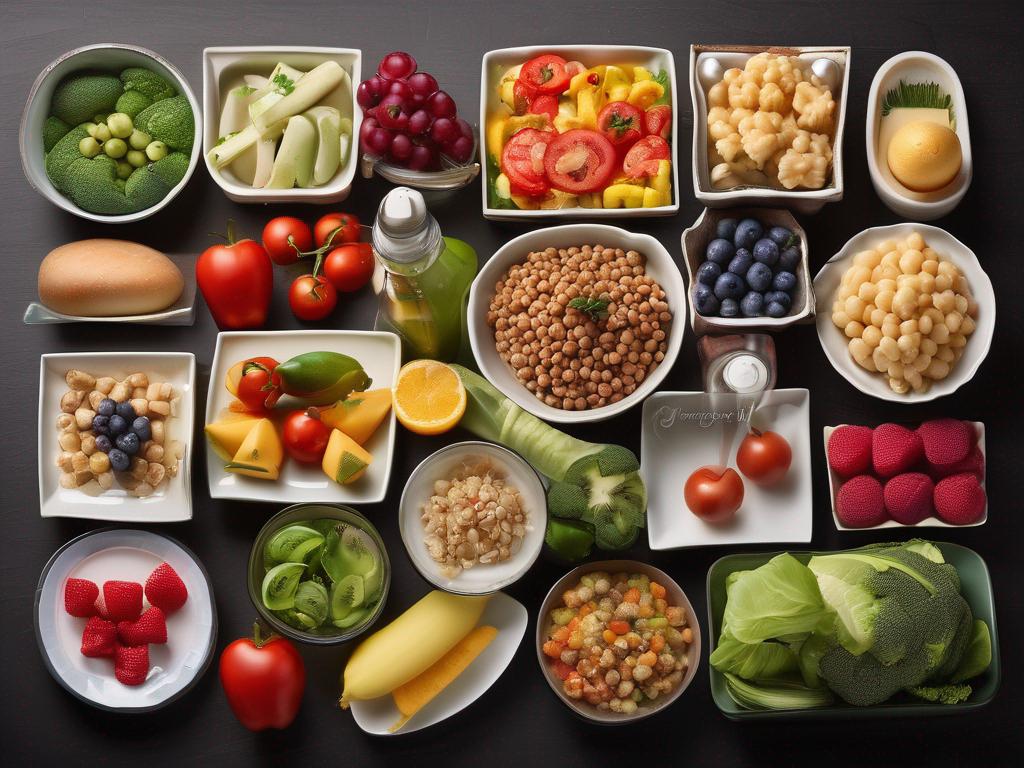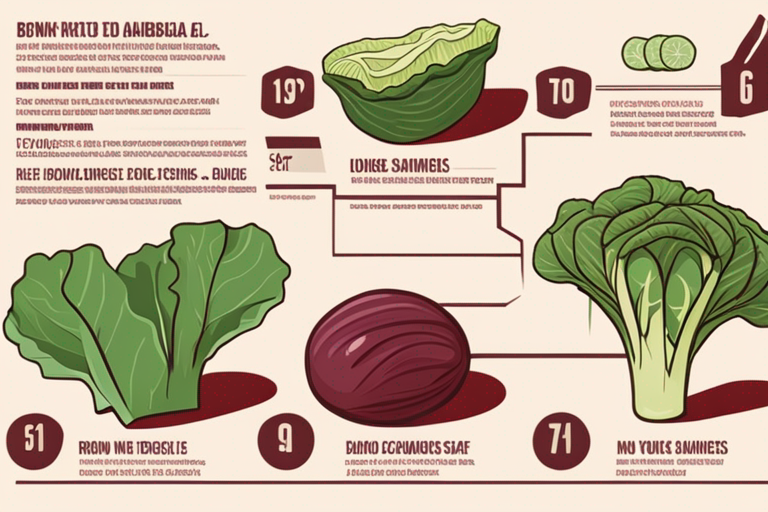
Is Brown Cabbage Safe to Eat: A Comprehensive Guide to Food Safety
Get Your Free Food Safety Cheat Sheet
30 most common foods with instant answers. Print it and stick it on your fridge—completely free!
Is Brown Cabbage Safe to Eat: A Comprehensive Guide to Food Safety
In the world of food safety, the appearance of our food can sometimes raise concerns. Cabbage is a nutritious and versatile vegetable commonly used in various dishes. However, when cabbage starts to turn brown, many people wonder if it is still safe to eat. In this blog post, we will explore whether brown cabbage is safe to consume, how to properly store cabbage, and essential food safety tips to keep in mind.
What Causes Cabbage to Turn Brown?
Cabbage turning brown can be a result of various factors, including:
Oxidation
- When cabbage is exposed to air, it can undergo oxidation, leading to browning.
- Cut or shredded cabbage is more prone to oxidation, as more surface area is exposed to the air.
Age
- As cabbage ages, its outer leaves may start to brown. This can be a natural process as the cabbage loses moisture over time.
Bruising
- Physical damage to the cabbage can cause discoloration, as the damaged cells release enzymes that react with oxygen.
Is Brown Cabbage Safe to Eat?
While the appearance of brown cabbage may not be visually appealing, it is generally safe to eat if the cabbage is not spoiled. Here are some key points to consider:
Signs of Spoilage
- Smell: If the cabbage has a foul odor, it is likely spoiled.
- Texture: Slimy or mushy texture indicates spoilage.
- Mold: Any signs of mold growth on the cabbage indicate it is no longer safe to eat.
When in Doubt, Throw it Out
- If you are unsure about the safety of the brown cabbage, it is best to discard it to prevent the risk of foodborne illness.
Cooking Brown Cabbage
- Cooking can help salvage brown cabbage to some extent. Boiling or sautéing the cabbage can reduce the discoloration and improve its appearance.
Proper Storage of Cabbage
To extend the shelf life of cabbage and prevent it from turning brown prematurely, follow these storage tips:
Refrigeration
- Store whole cabbage in the crisper drawer of the refrigerator.
- Place cut or shredded cabbage in an airtight container or resealable bag before refrigerating.
Moisture Control
- Excess moisture can promote browning and spoilage. Ensure cabbage is dry before storing it.
Use it Promptly
- Fresh cabbage is best consumed within a few days of purchase to maintain its quality and freshness.
Food Safety Tips for Handling Cabbage
When handling cabbage, adhere to these food safety guidelines to prevent contamination and ensure safe consumption:
Washing
- Thoroughly wash cabbage under running water before consumption to remove any dirt or residue.
Cross-Contamination
- Prevent cross-contamination by keeping cabbage separate from raw meat, poultry, and seafood.
Cutting Boards and Utensils
- Use separate cutting boards and utensils for preparing cabbage to avoid the spread of bacteria.
Proper Hygiene
- Wash your hands before and after handling cabbage to prevent the transfer of harmful bacteria.
Cooking Temperature
- When cooking cabbage dishes, ensure they reach the recommended internal temperature to kill any harmful pathogens.
Conclusion
In conclusion, brown cabbage is generally safe to eat as long as it shows no signs of spoilage. Understanding the causes of browning, proper storage methods, and following food safety practices can help you enjoy cabbage safely. Remember to trust your senses and discard any cabbage that appears spoiled. By incorporating these tips into your food handling routine, you can savor the nutritional benefits of cabbage without compromising your health and safety.

Authoritative Food Safety References
These agencies and university labs inform every tip and health precaution we publish.
USDA FoodKeeper – Cold Storage Guidelines
Official refrigerator, freezer, and pantry timelines maintained by the U.S. Department of Agriculture.
Visit USDA FoodKeeperFDA Produce Safety Rule & Grower Guidance
Field-to-fridge handling practices that prevent contamination of fruits, vegetables, and leafy greens.
Visit FDA Produce SafetyCDC Foodborne Illness Prevention Hub
Surveillance-backed guidance on pathogens, symptoms, and steps to reduce foodborne illness risk.
Visit CDC Food SafetyUC Davis Postharvest Technology Center
University research detailing optimal storage atmospheres for produce after harvest.
Visit UC Davis PostharvestPenn State Extension – Home Food Preservation & Safety
Peer-reviewed extension bulletins on safe canning, chilling, and reheating practices.
Visit Penn State ExtensionHow can I tell if brown cabbage is spoiled?
Can I still cook with brown cabbage?
How can I prevent cabbage from turning brown?
Can I freeze brown cabbage?
Get Your Free Food Safety Cheat Sheet
30 most common foods with instant answers. Print it and stick it on your fridge—completely free! Want more? Upgrade to the complete guide with 70+ foods.
Scan your food directly and get instant safety info using our AI-powered camera feature.